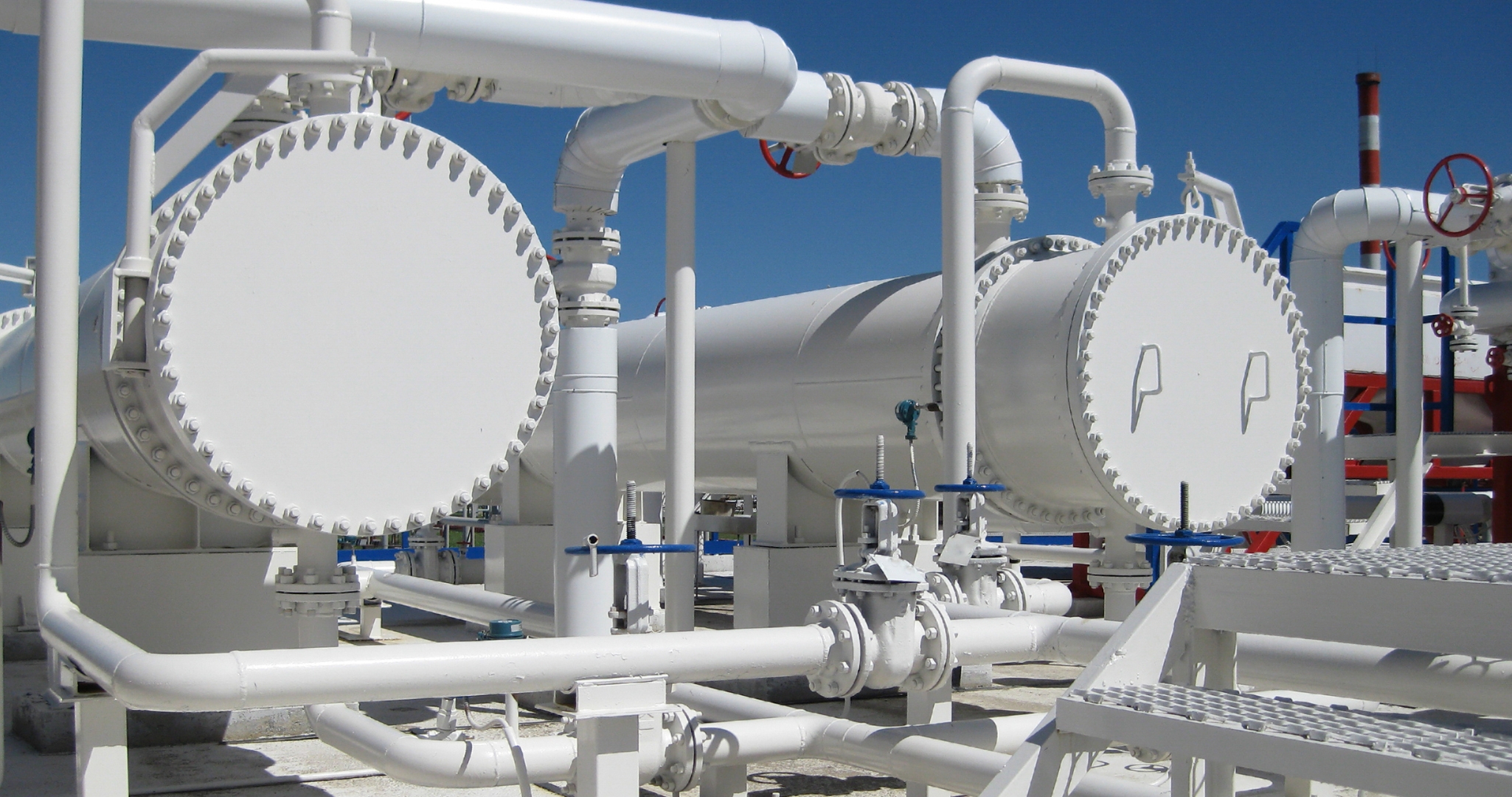Stop Heat Exchanger Leaks Caused by Temperature Differentials

Heat exchangers perform an essential function in a wide variety of industry applications: controlling fluid temperature by transferring heat or thermal energy. Heat exchangers regulate the processing of food, beverages, and pharmaceuticals. They are also essential to the operations of oil refining, manufacturing, water treatment, and air conditioning.
Safety sealing is a crucial aspect of heat exchanger installation, maintenance, and daily operation. Heat exchangers can be prone to costly leaks that cause downtime, reduce efficiency, and result in loss of material. Dealing with the material that has leaked can compound the financial loss.
How Temperature Differentials Can Cause Leaks
An excessive temperature differential from the top to the bottom of the heat exchanger is a common cause of heat exchanger leaks. Uneven bolt-load relaxation and a loss in gasket stress are signs that the leak could be due to a loss of bolt load (especially from thermal and pressure cycling).
Here’s an example: an oil refinery’s heat exchanger on the alkylation unit is leaking superheated steam and isobutane vapor. When steam from the top of the channel moves downwards and disperses at the partition plate, it creates a dramatic temperature differential that results in a loss of bolt load, uneven bolt-load relaxation, and loss in gasket stress. This leads to a loss in heat energy and feed product and represents a substantial financial loss that needs to be addressed immediately.
Solving Heat Exchanger Leaks Caused by Temperature Differentials
As an expert in safety sealing and attachment solutions, Lamons has decades of experience helping refineries diagnose and remediate heat exchanger leaks in three steps.
Step 1: Assess the Leak
The first step in quickly and effectively addressing heat exchanger leaks is to understand the root cause. In some cases, the most efficient assessment method is to call in a trusted partner who can deploy service technicians and provide consulting from engineering experts. This creates a fast track to choosing the right sealing solutions to fix the leak.
Step 2: Choose the Right Gasket
Choosing a gasket with the right performance characteristics is often a key element of leak remediation and prevention. High gasket recovery and resistance to high-temperature, high-pressure environments are essential. To achieve better gasket performance, many operators have replaced traditional double jacketed (DJ) heat exchanger gaskets with Kammprofile-style gaskets. These gaskets combine a serrated metal core with a soft facing material for the advantages of a metallic gasket’s seal integrity with the benefits of soft cut materials. For example, the Lamons CorruKamm CK1 has a proven track record with heat exchangers, providing up to 39 percent gasket recovery, enhanced thermocycling abilities, and often better performance in weaker flanges.
Step 3: Choose the Right Studs and Washers
Your choice of studs and washers will impact the performance of your heat exchanger gaskets. It’s important to choose a stud that can withstand the temperature range of your application, and to set the studs close to the ideal bolt load (plus or minus five percent). Choosing bolts with user-friendly mechanical indicators will also allow your operators to easily check bolt load at any time and re-torque them to maintain a uniform clamp as needed. The Lamons SPC4 load indicating B16 stud is a good example of these characteristics. Pairing it with Belleville spring washers helps to trap the bolt load, maintain the desired uniform gasket stress, and prevent leaks.
The Result
Working with the right manufacturing partner can help you to quickly diagnose and solve heat exchanger leaks. The right sealing solution can also make it easier to check and re-torque bolt load, avoid future leaks, and prevent downtime.
Heat exchanger leaks can happen for a variety of reasons, and they may require different services and solutions to fix. If you would like to consult with an expert to assess a leak or potential leak, Lamons is here to help.



